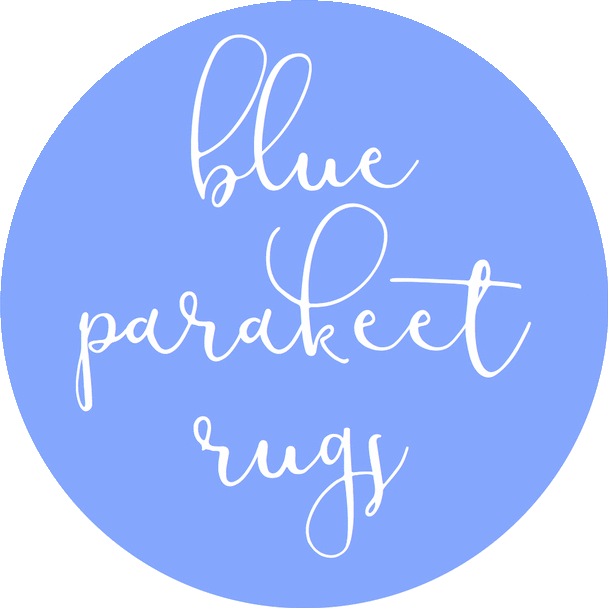Natural Dyes and the Art of Rug Weaving
Hand knotted rugs that are a century old or more are original works of art, not replications. The process of producing a rug is where the true beauty, value and love resides.
Old oriental rugs (oriental rug means that they were hand knotted) are all dyed naturally with vegetables, plants and flowers.This is the old world method that is no longer around. It has been known that the men of the tribe or village dye the wool, while the women then weave the rugs.
Girls weaving a Persian rug in Hamadan, Iran, circa 1920
These treasures considered the most labor-intensive handmade items of the world. We collect only the best and cherish these one of a kind works of art and hope that you do too.
Continue to read the amazing details of these heirlooms, where every rug has a story to tell.
Baluch Nomads in Southeast Persia circa 1900
Rug making initially started for very practical reasons. Most of these tribes lived in the hilly regions of Persia, where the winters could be brutally harsh. The tribeswomen wove rugs for the family to sleep on and also to keep warm on freezing winter nights. The material they used was mostly sheep wool which was available in plenty and natural dyes that they extracted from plants that were native to their region. One of the reasons why these rugs usually have earthy colors such as terracottas, reds, browns and rusts is because the dyes used are natural and these are the colors most abundantly found in nature.
Oriental rugs have often been described as works of art and with good reason. These rugs are works of art to look at and like any fine artwork, these too appreciate with the passage of time. All through their history you will find that the value of each rug just keeps on increasing. The older the rug, the more expensive it is likely to be. This is because the colors mature and age with time, giving the whole rug a mellowed look that no new rug is likely to have. Oriental rug collectors prize these old pieces not just for their investment potential but also for their stunning beauty.
Baluch nomadic tribespeople weaving rugs circa 1900
There are many beliefs about natural dyes that exist even today. Using natural dyes is a very labor-intensive process. It involves careful and exact recipes, and requires the knowledge and patience of a skilled dyer. Because each batch of vegetable dye produces a color that is nearly impossible to replicate, many of these color combinations are kept in family recipe books that are passed down through generations.
The art of knowing and identifying natural dyes are slowly vanishing due to the mis-education of the consumer. Many consider the word vintage as old and original, but this is not one and the same. Vintage or antique truly means that the rug was produced circa 1930s or prior, where synthetic dyes did not exist. It was only after this time that chemical/synthetic dyes came to be. Thus, when you are hunting for a rug and you’d like to own an original vs reproduction, make sure to do your homework and speak to a trusted dealer or friend who knows about oriental rugs so you bank on a real thing!




